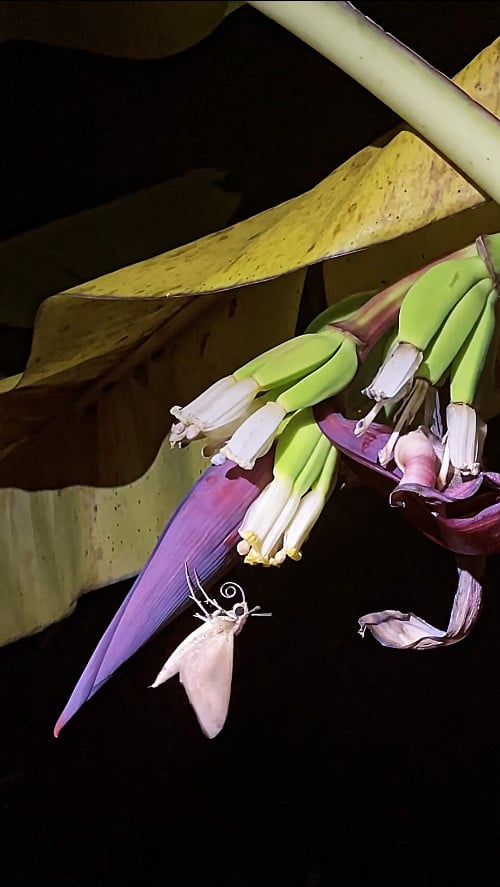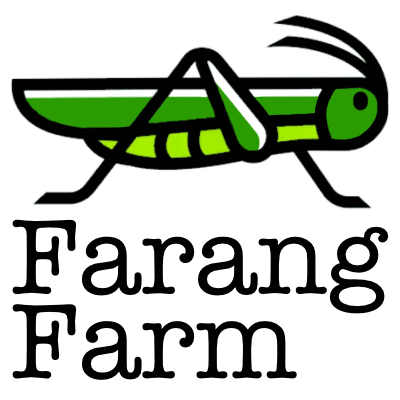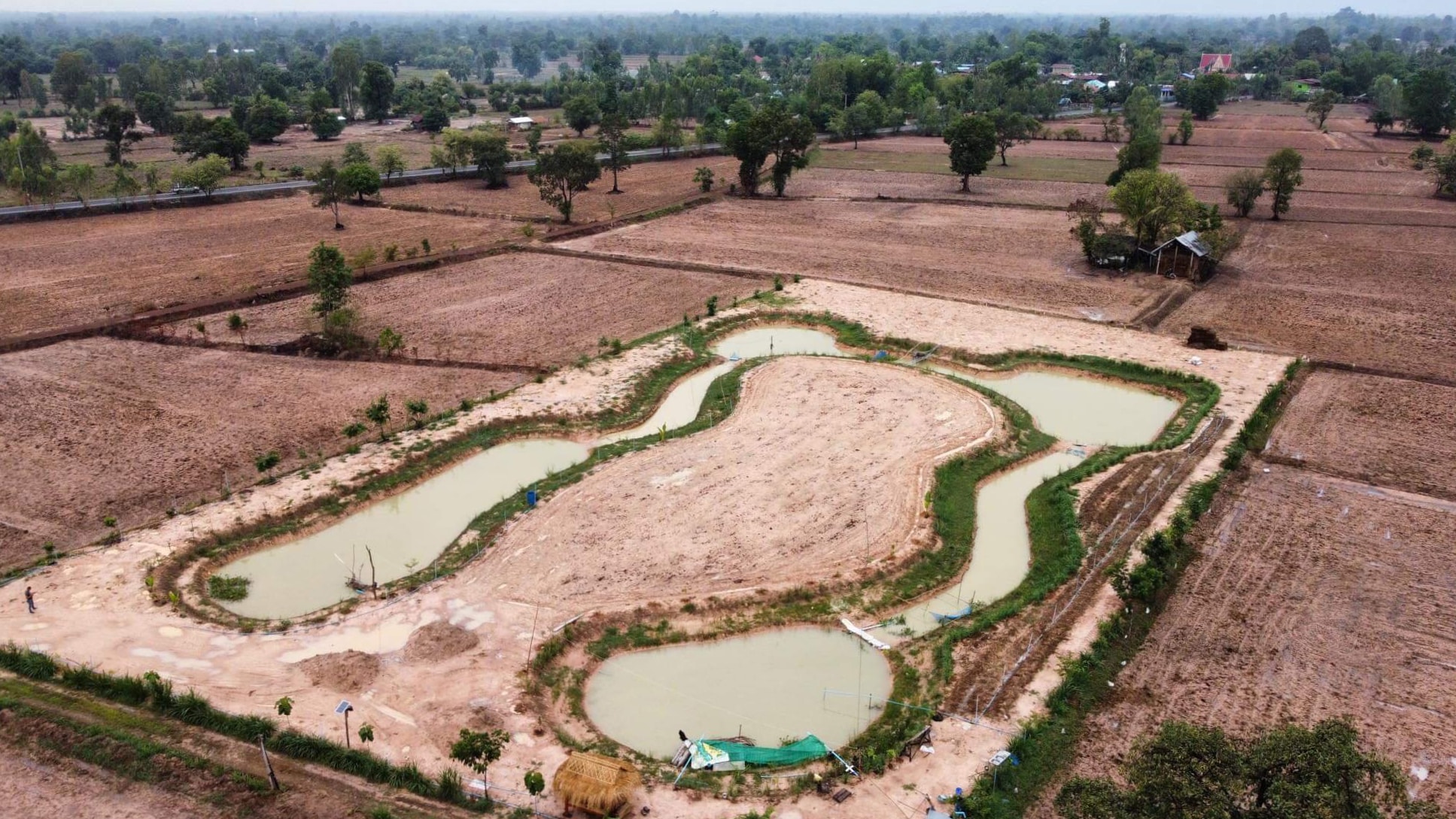In English, Please
(00:01): Come and join me to see the garden
(00:21): Dug the hole already. Now add some worm castings
(00:30): This is Vetiver grass (for mulching)
(00:37): Plant a banana to provide shade for your trees
(00:42): I need to do this one too
A Banana isn’t a tree
Yeah, I know, but it looks like one. A banana plant is in fact a herb.
The tree next to the banana is a Jackfruit. By planting bananas with other slower growing trees (companion plants), there are several excellent benefits.
Companion Plants
Bananas grow relatively quickly compared to a fruit tree like Jackfruit. By planting a banana just to the West of another tree, it provides shade and protection from the intense afternoon heat.
When the older banana leaves wilt, you can cut them off and place them at the bottom of the plant for mulch and to add organic matter to the soil. The roots can help with water retention. Then in a few years time, when the companion tree becomes bigger and stronger, you can remove the banana plant entirely.
Do banana plants walk?
The top of the page shows a banana plant infront of our new (empty) lake back in early 2021. This banana plant came from a parent. Each plant gives you one bunch of bananas. Then a new plant (a sucker) will sprout to the side of the parent plant.
After harvesting, the original plant can be cut down. This can happen several times in a banana’s lifetime and this is where the ‘walking tree‘ idea comes from.
Making compost
In this second video, you can see some of these older banan plants after we have already harvested the fruit. In this case we took a few of them to make compost for a new little vegetable garden.
We chop it all up and mix it with coconut husk, dry leaves and buffalo dung. We then soak it in water, cover it and leave it for a few weeks. This can help become the base of super fertile soil to grow some delicious veg.
Thats Bananas!
One thing I learnt on the permaculture design course was that anything you plant should be multipurpose. Bananas are definitely one of the most versatile plants.
Besides the fruit, the composting and being a good compainon, there is still much more. They create a home for insects. They can be decorative and are used for festivals like Loy Krathong. The leaves are used as biodegradeable food packaging. I wonder how much more I don’t even know yet.
What is a Banana flower?
Did you know banana’s had flowers? Did you know you can eat them? I grew up near London. I knew none of these things.
The purple part is male, also know as the banana blossom. It is edible and great in some curries. If you cut it off after about 15 days, more nutrients will be diverted to the fruit so you’ll have bigger, better bananas.
The green part is the ovary and will grow to form the banana fruit. I haven’t decided what tone this blog should take yet, but bearing in mind what the banana emoji represents, the irony made me chuckle.
The white area has different parts including the floret, which is also edible. Theres so much to discover, and I’m still talking bananas. Look at that moth! I found it on an evening walk. Its drinking banana nectar. Did you know they did that? I didn’t, but I enjoy finding out.
Earth care, People Care, Fair Share
These are the etihics of Permaculture. I attended a permaculture design couse at Sahainan in Nan, Thailand. What stood out was their focus on community. If trees can grow stronger with companions, then so can we. Our project includes myself, my partner and her family. I’d love for more people to get involved.
I don’t know exactly how we’ll grow. Think about the permaculture principles; Observe & interact; Use slow and small solutions. For now, I’ll keep planting bananas (and their companions). If you like what we’re doing, want to help out, or visit, let me know.


